Best Food for English Bulldog with Skin Allergies in 2025
If your English bulldog is scratching, losing hair, or has red, inflamed skin, choosing the best food for english bulldog with skin allergies can be one of the most effective steps you take; this guide walks you through causes, nutrition basics, how to choose a truly low-allergen diet, vet-backed food options, testing steps, daily care, and when to see your veterinarian.
Understand Skin Allergies in English Bulldogs
Breed traits and why bulldogs are prone to skin issues
English bulldogs have many facial and body folds. Moisture and debris collect in these folds and feed bacteria and yeast.
Their skin barrier may be naturally weaker or more reactive, making allergic inflammation more likely.
Conformation (skin folds, short coat) and common breed skin conditions mean diet and hygiene are both critical.
Common allergy types and typical signs
Food allergies: chronic scratching, recurrent hot spots, chronic ear infections, paw licking and localized hair loss.
Environmental allergies: year-round or seasonal itching triggered by dust mites, pollen, or mold.
Flea allergy dermatitis: even one flea bite can cause intense reactions in sensitive dogs.
Nutrition Basics for Allergic Bulldogs
Ingredients that frequently cause problems
Protein sources: beef, chicken, dairy and eggs are common triggers.
Grains and plant proteins: wheat, corn and soy can be problematic for some dogs.
Hidden irritants: artificial colors, flavors and some preservatives can aggravate sensitive skin.
Key nutritional strategies
Use single-source proteins or novel proteins (duck, venison, rabbit) to reduce exposure to common allergens.
Consider hydrolyzed protein diets when the immune system clearly reacts to whole proteins—these proteins are broken into tiny pieces so the immune system cannot easily recognize them.
Ensure adequate omega-3 and omega-6 fatty acids (fish oil, algal oil) to calm inflammation and support skin repair.
Add probiotics to support gut health; a healthy gut can help moderate immune responses linked to skin issues.

How to Choose a Truly Low-Allergen Diet
Read the ingredient list the right way
The first 3–5 ingredients matter most — they should be clearly named proteins or vegetables (for example, "lamb meal," "salmon").
Avoid vague labels like "meat meal" or "animal by-products" that hide the actual protein source.
Simpler formulas with fewer ingredients lower the chance of hidden allergens.
Diet types and when to use them
Limited Ingredient Diet (LID): fewer ingredients, single protein — a good starting point for mild to moderate sensitivities.
Hydrolyzed Protein Diet: used for diagnostic elimination diets or severe immune-mediated reactions; usually prescription-only.
Novel Protein Diet: uses uncommon proteins (venison, rabbit) that your dog likely hasn’t been exposed to before.
Choose by symptom severity — quick table
| Symptom Level | Recommended Diet Type | Why |
|---|---|---|
| Mild itching / dry coat | Limited ingredient, novel protein | Simpler diets reduce exposure to common triggers |
| Moderate itching / recurrent ear issues | Prescription limited ingredient or hydrolyzed options | Veterinary formulas have clinical evidence and controlled ingredients |
| Severe skin inflammation / chronic hotspots | Hydrolyzed protein prescription diet + vet treatment | Reduces immune recognition and pairs with medical therapy |
Top Food Recommendations for Bulldogs with Skin Allergies
This list highlights commonly recommended categories and reasons to consider them. Always review options with your veterinarian before switching to a prescription or specialty diet.
Prescription hydrolyzed diets (vet only)
When to use: for dogs with confirmed or suspected immune-mediated food reactions or when limited ingredient diets fail.
Pros: clinically tested, typically reduce allergic response.
Cons: higher cost and limited flavor variety.
Limited ingredient natural diets
When to use: mild to moderate sensitivities, owners wanting fewer ingredients.
Pros: cleaner ingredient label, often novel proteins available.
Cons: may not resolve severe immune-based allergies.
Novel-protein and fish-based recipes
When to use: dogs needing anti-inflammatory omega-3s and uncommon proteins.
Pros: good palatability, often reduce typical allergen exposure.
Practical Food Examples & Notes
Prescription examples (discuss with your vet)
Hydrolyzed or hypoallergenic veterinary diets are common first-line choices for severe reactions.
These diets often require a vet prescription and are used during elimination trials.
Popular limited ingredient and novel protein choices
Single-protein lamb, duck, or venison formulas.
Single-fish formulas (salmon, whitefish) for dogs that benefit from omega-3s.
Budget and availability notes
Prescription diets are more expensive but may be essential for severe cases.
Quality natural limited ingredient diets are widely available and can help many dogs when chosen properly.
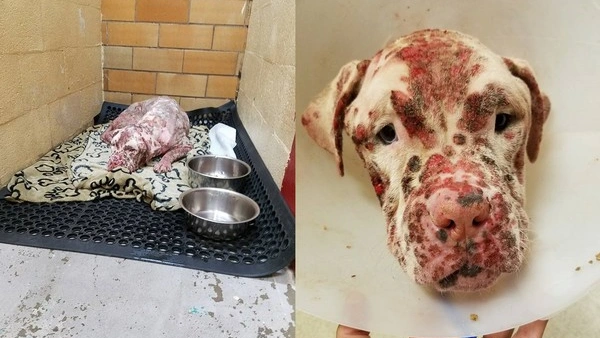
Everything Our Vets Recommend
How to Test for Food Allergies (Elimination Diet)
Step-by-step elimination diet basics
Work with your veterinarian to pick a test food (novel protein LID or hydrolyzed prescription).
Feed only the test food and vet-approved treats for 8–12 weeks — no other foods, table scraps or flavored medications.
If your dog improves, the vet will guide reintroduction of suspect ingredients one at a time to identify triggers.
Switching food safely
Transition over 7–10 days (gradually increase new food ratio) to lower digestive upset risk.
Document changes in itch level, skin condition, ear health and stool consistency.
Daily Care to Support Skin Health
Hygiene and fold care
Clean and dry facial folds daily; use gentle, veterinarian-recommended wipes or cleansers.
Bathe with a mild, skin-soothing shampoo when advised by your vet; avoid over-bathing which strips oils.
Supplements and adjuncts
Omega-3 fatty acids — fish oil (EPA/DHA) helps reduce inflammation and improves coat quality.
Zinc and vitamin E support skin repair; probiotics support gut-skin immune balance.
When to See the Vet
Red flags that require professional attention
Open sores, widespread infection, or severe redness and swelling.
Persistent ear infections or signs of systemic illness (fever, lethargy, poor appetite).
No improvement after 8–12 weeks on a strict elimination diet.
Veterinarians may recommend skin cytology, allergy testing, topical or systemic medications, and a tailored nutrition plan. Diet alone may not be enough for all cases — combined care often works best.
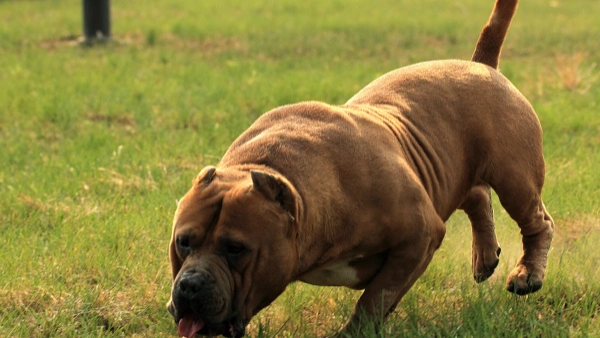
Best Food for English Bulldog with Skin Allergies FAQs
What treats can I give a dog with food allergies?
Choose single-ingredient treats such as freeze-dried lamb, single-fish treats, or vet-approved hypoallergenic treats. Avoid mixed-ingredient snacks and table scraps during testing.
How long before I see improvement after switching food?
Skin healing takes time — expect visible improvement in 4–12 weeks. Consistency is essential; don’t switch diets frequently mid-trial.
My dog still itches after changing food — what now?
Itching can be caused by environmental allergens or fleas. Revisit your vet for skin tests, parasite checks, and combined treatment options (diet + meds).
Is homemade food better for allergic dogs?
Homemade diets can be safe if formulated by a veterinary nutritionist. Without a professional recipe, homemade meals risk nutrient imbalance. Consult a vet before switching to homemade plans.
Summary
Finding the best food for english bulldog with skin allergies is a stepwise process: identify symptoms, choose an appropriate limited-ingredient or hydrolyzed diet under veterinary guidance, conduct a strict elimination trial, and support skin health with hygiene, omega-3s and flea control. For many owners searching for the best dog food for bulldogs with allergies or the best food for bulldogs with allergies, starting with a single-protein, limited ingredient formula or a vet-prescribed hydrolyzed diet delivers the most reliable path to reduced itching and healthier skin.
You May Like:
- Allergies in Pit Bulls — Causes, Symptoms, and Treatments
- Home Guide: How to Treat Flea Allergy Dermatitis in Dogs
- Allergic Reaction to Fleas on Dogs: What Vets Wish You Knew
- Best Dog Food for Allergic Dogs: Vet Picks You Can Trust
User Comments
Does flea treatment kill ear mites too?
Can dogs take human probiotics?
Can dogs have people probiotics safely?
Related Articles
View all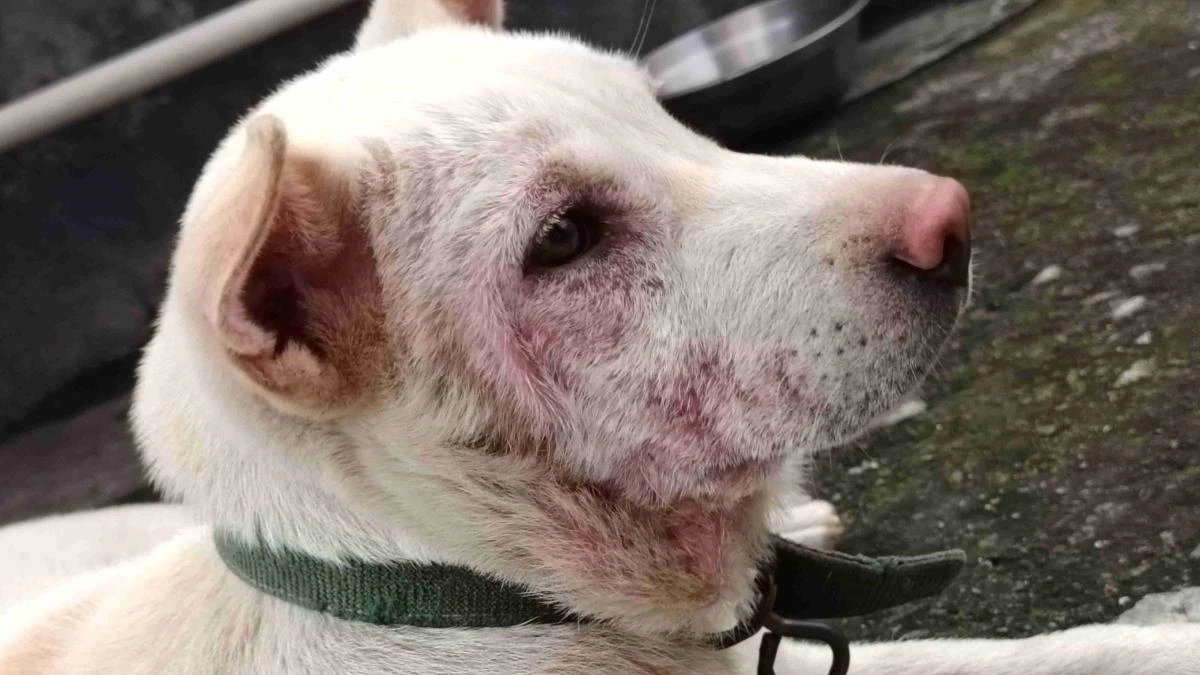
How to Get Rid of Dog Allergies Naturally: Common Mistakes

Dog Allergic Reaction Eye Swelling: Hidden Mistakes to Avoid
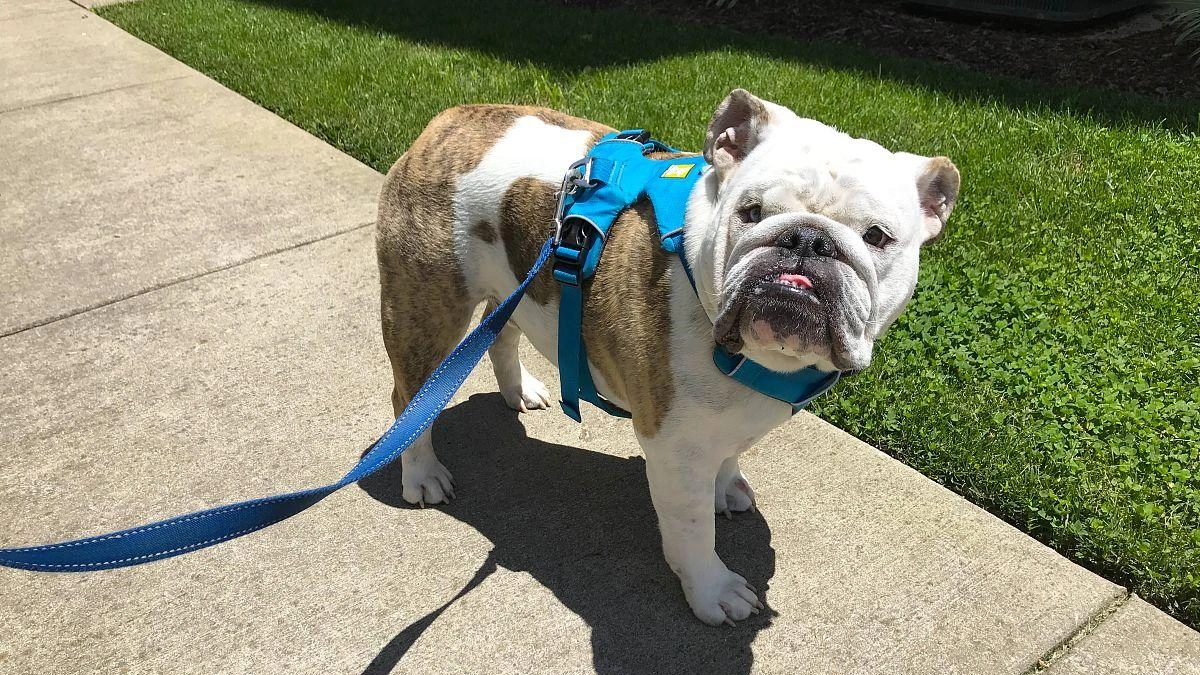
Why Do Bulldogs Scratch? Bulldog Skin Allergies Guide
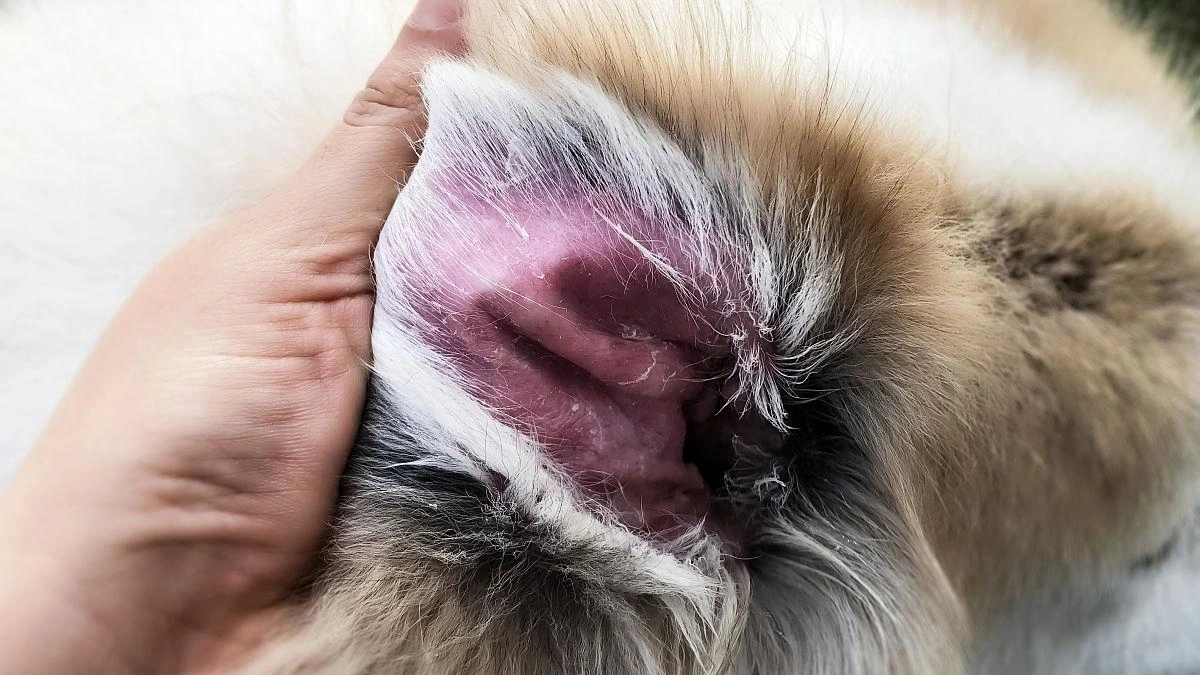
Cure for Dog Skin Allergies Owners Often Miss

How to Get Rid of Dog Allergies Naturally: Common Mistakes

Dog Allergic Reaction Eye Swelling: Hidden Mistakes to Avoid

Why Do Bulldogs Scratch? Bulldog Skin Allergies Guide

Cure for Dog Skin Allergies Owners Often Miss
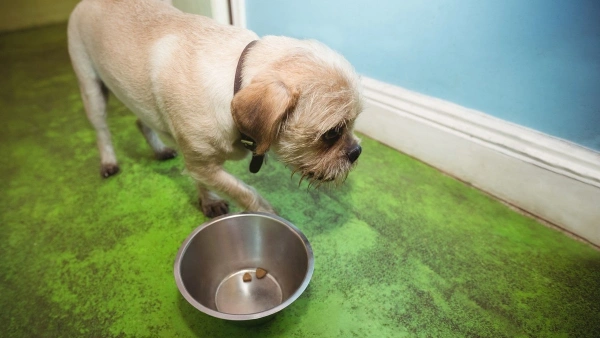
Vet-Recommended Wet Dog Food for Sensitive Stomachs — 2025 Guide
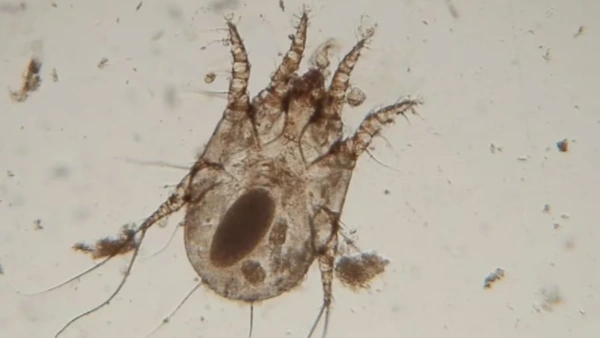
Dog Dust Mite Allergy: Symptoms, Treatment, Prevention
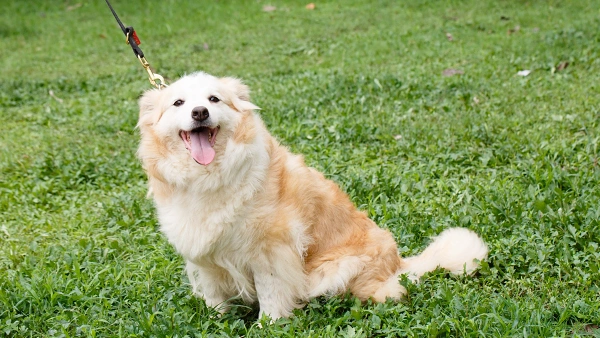
Can Allergies in Dogs Cause Diarrhea and Vomiting? Explained
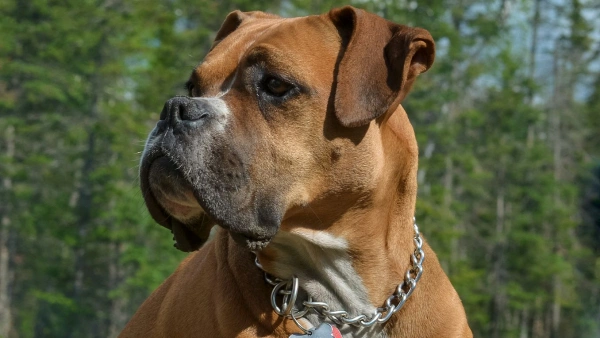
10 Pitbull Health Problems You Should Know in 2025 — Tips
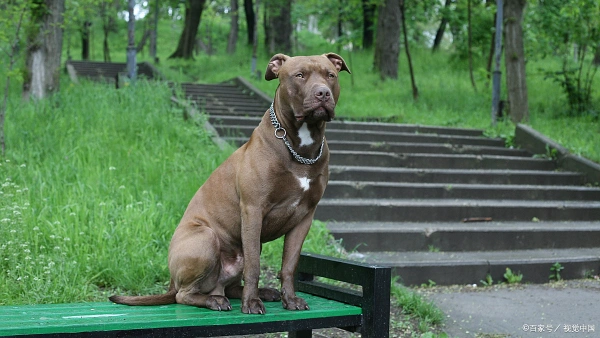

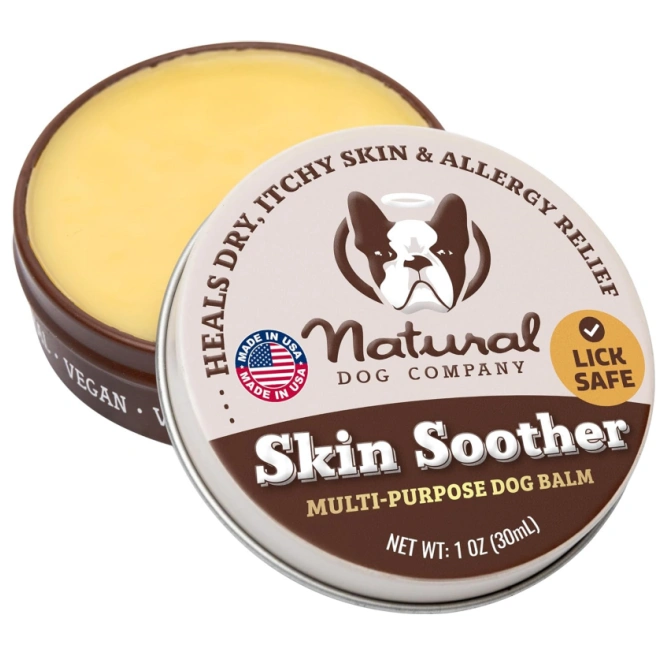
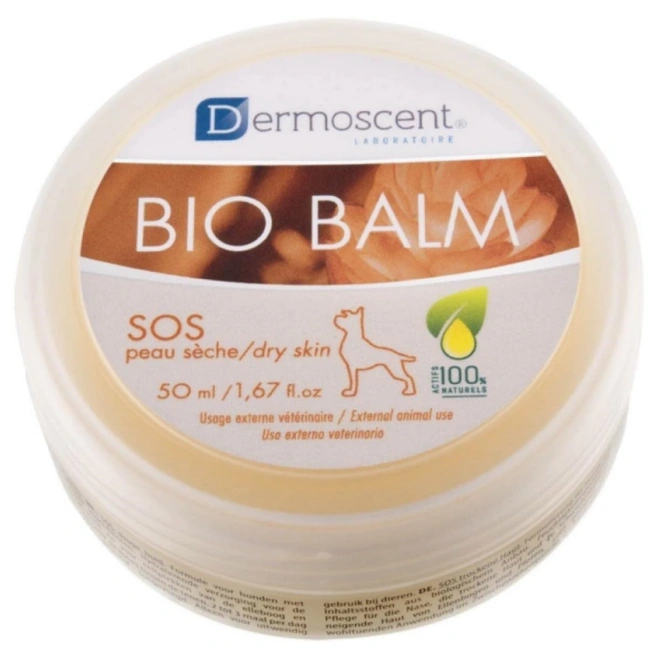
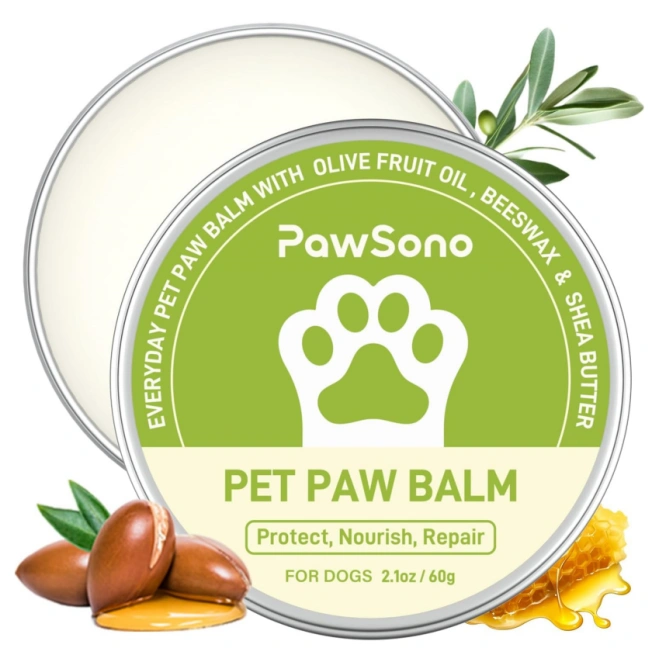
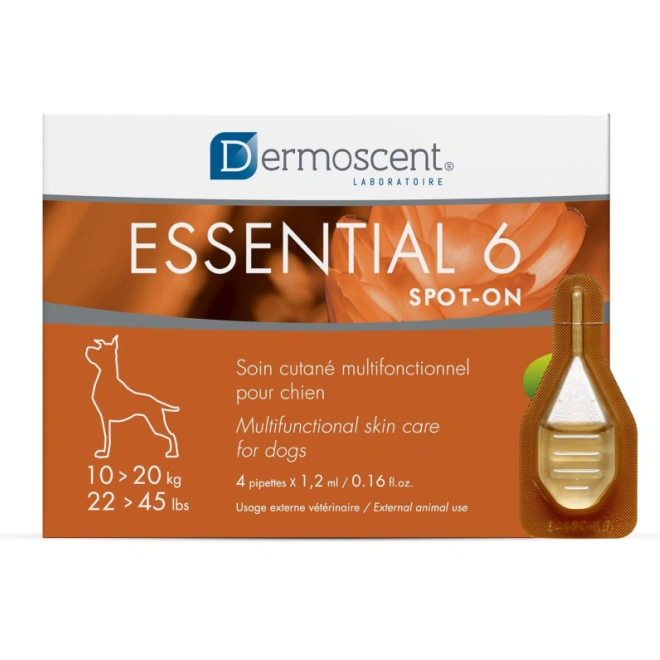








Leave a Reply